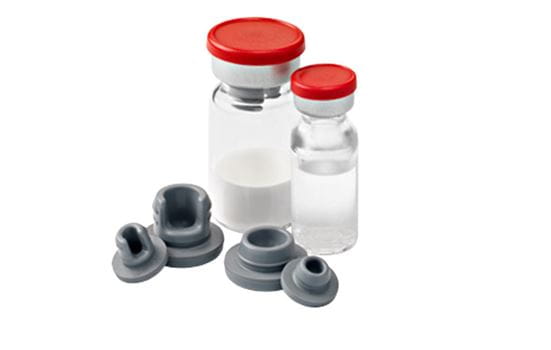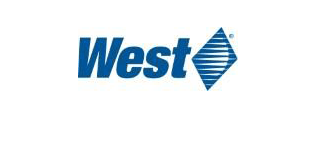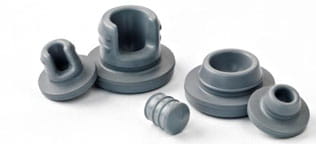An update on USP: Compendial Effort to Revise Packaging Material Standards
The American Association of Pharmaceutical Scientists (AAPS) held its annual meeting and exposition in Denver, CO from November 13-16. This meeting continues to be a major event in the calendar of pharmaceutical scientists in academia, the industry, government and research institutions who come to participate in training events and focus group meetings, hear subject matter expert presentations, and network with customers and suppliers at the 3-day exposition.
![]()

During the Annual Meeting, Dr. Desmond Hunt, Principal Scientific Liaison at USP, spoke on: United States Pharmacopeia: Compendial Effort to Revisit Packaging Material Standards: Glass, Plastic, Elastomer, Metal and Other. The purpose was to inform the pharmaceutical industry on completed, and proposed, changes in USP standards relating to packaging materials – changes that emphasize risk-based testing, and move away from the checklist approach.
Dr. Hunt’s session provided the following highlights:
Chapter 661: Containers-Plastics. It is key that materials and packaging must be evaluated in the context of the intended application – leading to flexibility in evaluation, i.e., away from the checklist approach. Chapters became official on May 1, 2016 – more updates are in consideration.
Chapter 660: Containers-Glass. The first focus is redefining Type 1 glass. Second is re-evaluating analytical methods [aiming to incorporate more recent methods (e.g., inductively coupled plasma), in addition to standard wet methods], and developing methods to differentiate internal surfaces (heel, sidewall, neck, etc.). The USP Glass Expert Panel is reviewing Chapter 660 and Chapter 1660 (Evaluation of Inner Surface Durability of Glass Containers) and will hold a public workshop in June 2017.
Chapter 381: Elastomeric Closures for Injection. Modernization is nearly complete. Chapter 381 will maintain focus on elastomers in injectable drug product packaging/delivery systems. Evaluations comprise: biological reactivity, physiochemical properties, extractable metals, surface properties, etc. A new Chapter (382 – Elastomeric Closure Functionality in Injectable Pharmaceutical Packaging/ Delivery Systems) will be launched comprising evaluations previously in Chapter 381: packaging integrity, needle/spike functionality, fragmentation, penetration force, self-sealing, spike retention/sealability, and functionality tests for plungers, tip caps, and needle shields. A public workshop will be held in May 2017.
Chapter – Metals Packaging: There is no USP standard for metals. The aim is to begin understanding what is needed by Spring 2017.
Chapters 87 and 88: Biological Reactivity Testing. Chapters were transferred to Packaging, Storage and Distribution Expert Committee in 2014 – and a workshop occurred in 2015. The focus is to replace in vivo testing, with a risk-based Quality by Design approach based on knowledge of the components and system.
Dr. Desmond’s full presentation can be found here. USP seeks industry participation/guidance and comments on standard drafts – a great way to be aware of, and contribute to, USP’s very important work. Visit the USP website to learn more.











